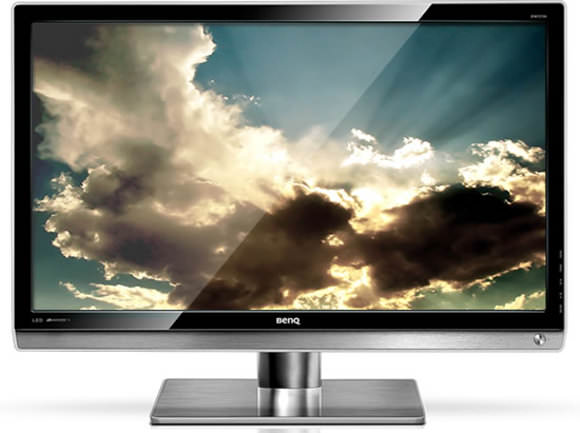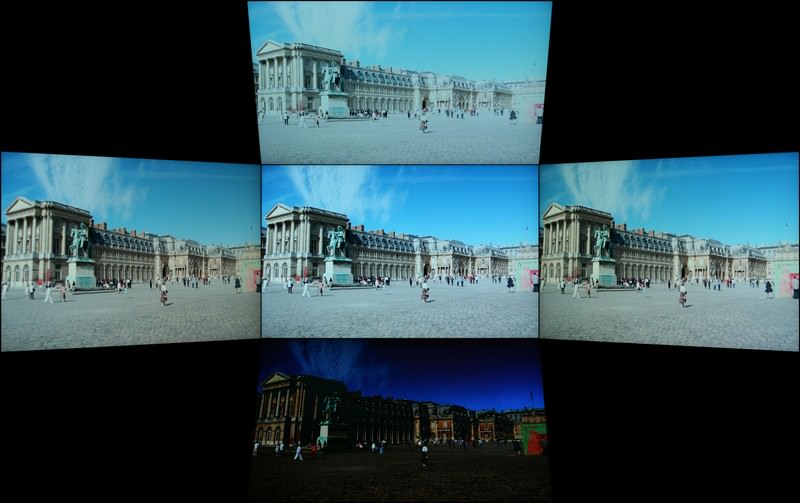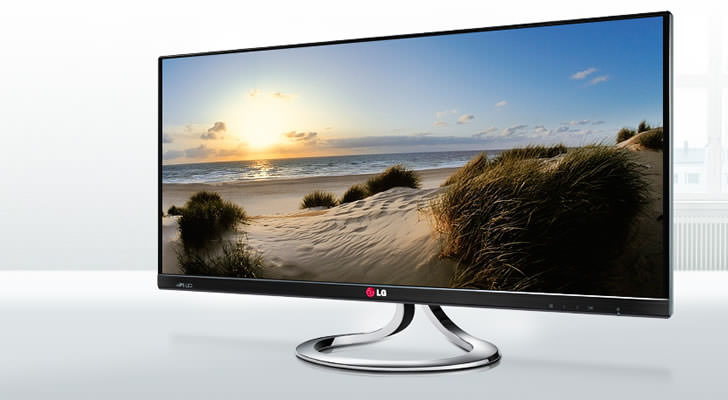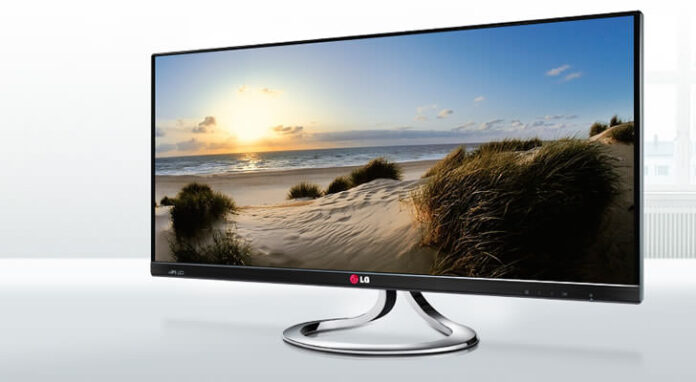Introduction
We are all using LCD panels daily in our life, whether it is for the purpose of work, entertainment, learning, or just chatting with our friends. But LCD panels used as doors for the immeasurable quantity of information are very different among themselves. In other words, technologies being used to build them are greatly varied and come with vastly different solutions for putting the image in front of users. Many consumers aren’t aware of LCD technology used in their monitors, mostly because the type of manufacturing tech used is of low value for the manufacturers. The resolution, contrast, saturation, size are all regarded as being more important during the promotional phase. Because of reasons mentioned above (and some other, additional reasons, such is informing users of pros and cons of every LCD panel technology) we constructed a highly informational guide that should let you get known with most used types of LCD panels. So, let us begin.
VA Panels

Vertical alignment or VA was introduced in 1996 by Fujitsu. In VA system, liquid crystal molecules are aligned vertically between two glass panes. When no electric current is applied, crystals are opaque and the image is back. When we apply electric current, crystals shift to a horizontal position allowing passing of light through the glass substrates, emitting white image.
VA (vertical alignment) panels are sort of safe spot of LCD monitors. They offer solid viewing angles, more than acceptable response times, and great contrast ratios. VA panels suffered from poor response time, especially in the early days of the technology, causing problems to manufacturers since they couldn’t be used for playing video games, or viewing movies. This was eventually solved with the MVA LCD panel technology, and although MVA panels couldn’t offer response times as fast as was the case with TN LCD panels, the results were good enough, making VA panels suitable for video games and for media consuming. Other types of VA technologies are AMVA, S-MVA, P-MVA, and PVA (greatly varied from classic VA LCD panel technology, and manufactured only by Samsung)
In comparison to TN panels, VA panels offer wider viewing angles, better color reproduction, better contrast, and are less susceptible to “bleed” (the image won’t blur towards the edges of the screen). But, they aren’t better in color reproduction compared to IPS panels, which offer the most accurate color reproduction.
But, one problem remained; making VA-based LCD panels to stay as a secondary choice when buying a new monitor. The disadvantage is called color shifting. Basically, color shifting makes colors looking different when viewed from an angle, having different contrast which is why they are an inferior choice for any kind of color critical work.
Regarding resolution, VA panels usually come with 1080p image resolution, but some are using 1440p (QHD) definition. Color depth is 8-bit (more than 16 million colors), which is more than adequate for most users. Also, VA LCD panels and other VA-based LCD technologies don’t support 120Hz refresh rate, which can be a pain for some users. Since the breakthrough in IPS LDC technology, VA panels are used less and less by the day.
TN LCD Panels

TN (twisted nematic) LCD panels are used ever since LCD screens had entered the market. Easy to manufacture, containing cheap materials, TN panels are the most popular type of LCD panels. Basically, TN technology works in a way that liquid crystal cells stay aligned in a twisted form when there no electrical current, making them opaque and giving a black screen. When there is electrical current flowing between them, crystal cells will become untwisted, allowing light to pass and giving a white display screen.
Since LED backlight has started to be used, TN panels became capable of giving a quality black color without “light leaks” on the edges of the screen, the problem TN panels had before since the backlight used was placed alongside edges, often gushing through the panel. TN panels are also the fastest when it comes to responsiveness and are still the most popular choice for gaming. Responsiveness can be as low as 1ms when talking about gray-to-gray transition, and 5ms when talking about white-to-black transition.
They offer solid contrast rates, especially since LED backlight is used, and they support 120Hz+ refresh rate, making them a great choice for 3D-capabl monitors. Since their manufacture process is relatively cheap, there are many display sizes to choose from, and even if you go for the big 30-inch plus monitor the price will still stay relatively low.
One problem with TN panels is a relatively poor color reproduction since TN panels haven’t supported true 8-bit color depth up until a recent couple of years. Instead, most TN panels have 6-bit depth, which can go to 8-bit with the help of Frame Rate Control methods (flashing between two colors very rapidly so that users perceives that display emits a third color tone, a combination of the two). But the main problem of TN panels that can’t be resolved is poor viewing angles. Most TN-based monitors on paper offer angles of up to 170° but in reality, you can see the image becoming darker even with slightest movement off the center of the screen. Although there have been breakthroughs regarding viewing angles, TN panels still have the lowest view angle among all of LCD display technologies.
IPS Panels

IPS (in-plane switching) displays had long been the most expensive type of panels to manufacture but in recent years manufacturers achieved a significant reduction of manufacturing costs, making IPS panels to just sweep the market because of their superior color reproduction and high viewing angles. The technology was developed in 1996 by Hitachi; the main reason was solving the problems VA and TN panels had. This technology has liquid crystal cells lying always in the same plane and being always parallel to the plane of the panel. When electrical current is applied, cells make a 90-degrees turn, letting the light pass through them. IPS panels generally have lower contrast and brightness compared to TN panels.
IPS panels had long been used by the professionals working on color accurate tasks, like photographers and graphic designers. There are many kinds of IPS technology – H-IPS, S-IPS, P-IPS, and e-IPS are all developed in order to reduce manufacturing costs, response time, and to achieve higher contrast and brightness levels. For a long time, IPS panels had a very slow response time, which hasn’t been a big deal for professionals, since they used IPS displays not for their slow response time, but for their excellent color accuracy and very high viewing angles.
In recent years response time was highly improved so today IPS panels can achieve 6ms response time (before, response time was between 25ms and 16ms), which is more than enough for gaming and viewing movies. They also support 120Hz+ refresh rates, making them a great choice for modern gaming. Today, IPS panels are relatively cheap to manufacture, becoming the top choice when looking for a new monitor.
Those were the three most used types of LCD panels. We hope that this article gave you useful information about LCD displays, and we hope that this was an interesting read. Until next time.


